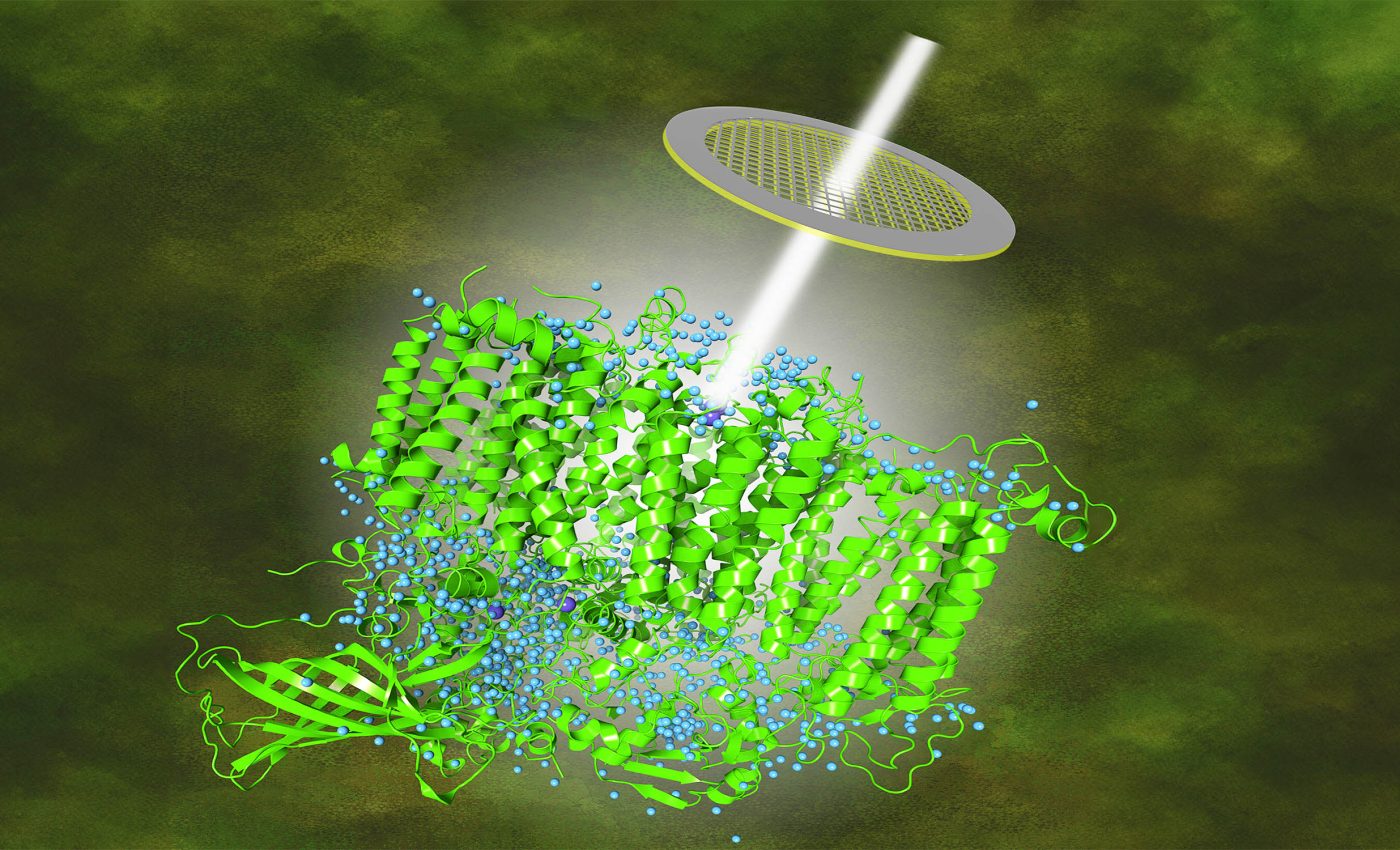
Details of photosynthesis viewed at the atomic level with cryo-microscope
The quest to understand the enigma of photosynthesis, how water is involved, and its critical role on Earth has taken a significant leap forward.
A recent breakthrough in visual technology has resulted in the capture of high-resolution images beyond any achieved before, shedding never-before-seen light on this essential life process.
Our story begins within the walls of a renowned institution, Umeå University, where diligent researchers embarked on a fascinating journey to understand the positions of hydrogen atoms and water molecules in photosynthesis.
Their findings, published in the reputed scientific journal, Science, are anticipated to open new avenues to comprehend how water is divided.
This process is a fundamental aspect of life on Earth and a crucial element for enhancing renewable energy systems.
Intricate mechanism of photosynthesis
Immersing ourselves into the world of flora, photosynthesis is a complex process where a protein ensemble, known as Photosystem II, harnesses sunlight energy to transform water into molecular oxygen.
Concurrently, it releases electrons and protons indispensable for converting carbon dioxide into organic compounds in plants.
This intricate process plays an unquestionable role in the gaseous conversion reactions that sculpt our biosphere and atmosphere — fostering oxygen evolution and minimizing carbon dioxide.
Mapping photosystem II
Exploring this phenomenon, the team employed a cryo-electron microscope to produce remarkably precise three-dimensional structural diagrams of Photosystem II at a resolution of 1.7 Å.
The study focused on the thermophilic cyanobacterium Thermosynechococcus vestitus, a resilient organism that thrives in harsh, high-temperature environments.
“This resolution is a new record for a membrane protein complex, regardless of method or species,” explained Wolfgang Schröder, professor emeritus at the Department of Plant Physiology.
“At this resolution, a large fraction of the hydrogen atoms of the protein can be detected. This is the first time this has been achieved for such a large protein complex.”
Unmasking hidden water molecules
This superior resolution structure also unveiled previously unobserved water molecules.
Knowledge of both hydrogen and water positions is quintessential for discerning how water penetrates the catalytic site through extended pathways and how protons are directed out.
“These processes are crucial for efficient water oxidation with cheap and abundant metals that presently cannot be mimicked adequately in artificial systems,” Schröder emphasizes.
Photosynthesis and the future
The potential to split water using inexpensive, readily available metals, as opposed to the rare and costly ones employed by modern-day electrolysers, would boost water electrolysis scalability.
This holds immense potential for generating hydrogen, a hotly debated future energy carrier and a cornerstone chemical for numerous industrial processes, including carbon dioxide-free ammonia production.
With the world’s eyes glued on the search for sustainable fuels, splitting water to create hydrogen is a promising arena. Current cutting-edge catalysts necessitate rare and expensive metals.
This research into the structure of Photosystem II, a crucial component of photosynthesis, shows that cheaper, plentiful metals could be used just as efficiently to split water, illuminating future paths in energy production.
The full study was published in the journal Science.
—–
Like what you read? Subscribe to our newsletter for engaging articles, exclusive content, and the latest updates.
Check us out on EarthSnap, a free app brought to you by Eric Ralls and Earth.com.
—–













